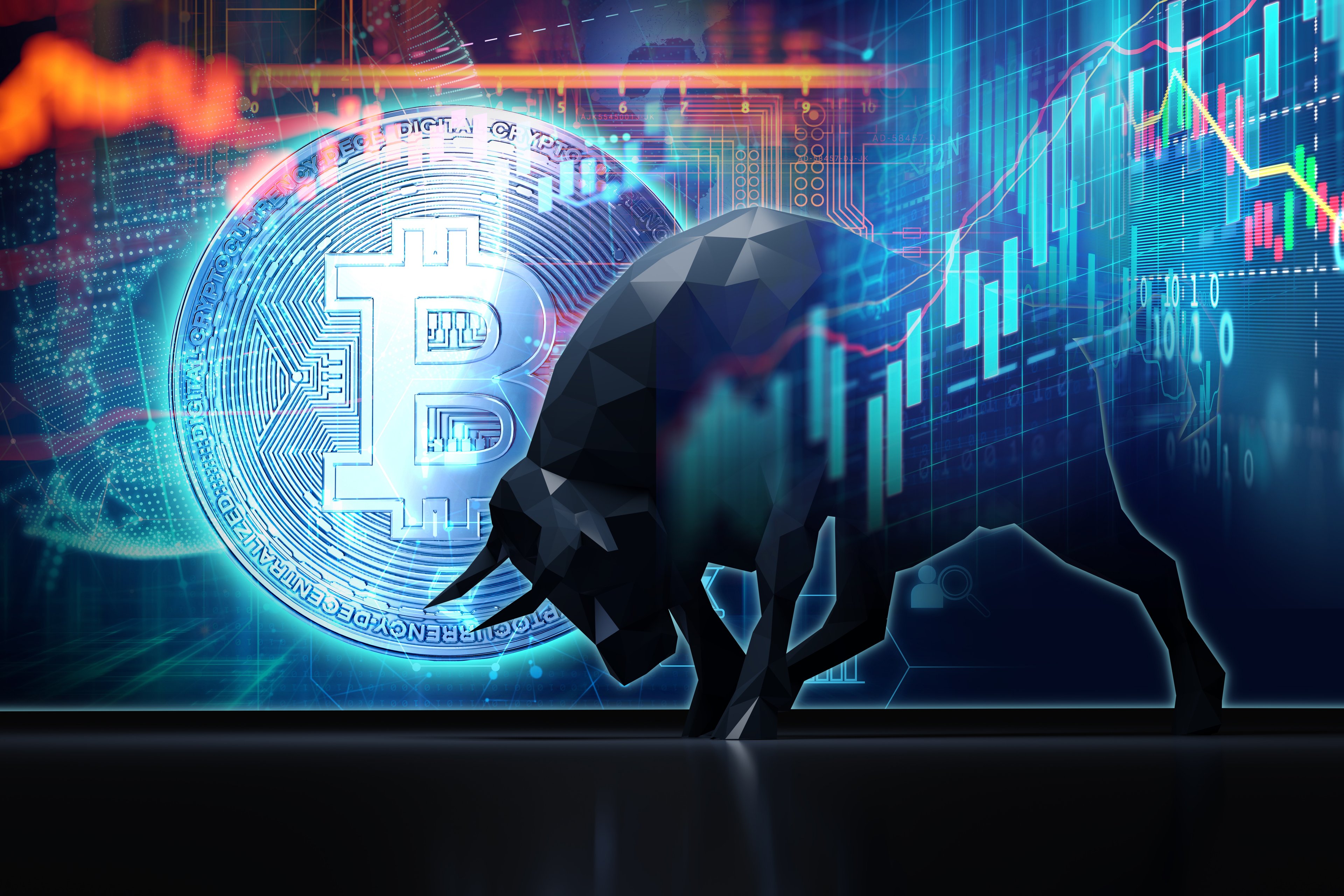Few things spook crypto investors faster than seeing an executive's wallet slide a big stack of tokens onto an exchange. When that executive helped build the network in question, the anxiety level ratchets even higher -- why would someone dump something valuable that they helped to create?
That's exactly what coursed through crypto circles in late July after blockchain sleuths traced 50 million XRP (XRP 1.33%) leaving wallet addresses tied to Ripple co‑founder and Executive Chairman Chris Larsen. Ripple is the company that issues XRP. The transfers, worth roughly $175 million at the time, sparked a lot of hand‑wringing, so let's analyze what's beneath the headlines and see whether the fears are justified.

Image source: Getty Images.
Sizing up Larsen's sale
Let's establish some parameters to put the size of the sale into context.
XRP's circulating supply sits near 59 billion coins. That means Larsen's sale of 50 million coins represents only about 0.085% of the float available for public trading Even if every one of those tokens hit an exchange order book immediately, the sale is a tiny drop in a very large bucket. Furthermore, XRP itself is up by 44% during the past 30 days (as of Aug. 8).
People sell for many reasons, and most are benign.
Larsen focuses on Ripple's strategy and governance rather than daily management. Diversifying a highly concentrated position is textbook risk management for founders, and it's precisely the move financial planners urge when a single holding dominates net worth.
To throw even more ice cold water on the idea of a hasty exit, Larsen still controls an estimated 2.5 billion XRP, so the transaction hardly looks like a fire sale. The float impact is minimal, and the executive clearly still has plenty of skin in the game.
Taxes can also drive timed disposals, especially after XRP's shocking gain of 440% during the past 12 months. Executives often structure sales of their assets to cover future liabilities or to harvest gains before anticipated rate changes. But this is just speculation, and it doesn't particularly matter why Larsen sold.
The coin's price action so far supports the view that this sale simply doesn't matter in the big scheme of things. While XRP fell by about 14% intraday on July 25 when the wallet activity hit social media, it clawed back half the drop within 48 hours and remains in its uptrend this year. Investors anxious about the token's resiliency have already endured a real‑time stress test, and XRP didn't unravel.
So this looks like a case of skittish investors being worried over what amounts to very little.
There are plenty of bullish drivers in play here
Larsen's sale aside, the conditions for XRP to keep growing look bullish at the moment.
Ripple finally closed out its long‑running courtroom duel with the Securities and Exchange Commission (SEC) in March and June, when the SEC first ended its own appeal and then agreed with Ripple to withdraw cross litigations. Those rulings dissipated a cloud that had hung over the token for four years, and by removing a perceived cap on institutional adoption, they opened the door for new capital to flow in.
At the same time, Ripple has started to diversify its revenue streams further with the launch of its own dollar‑backed stablecoin that went live in December. Giving institutional investors access to more stablecoin liquidity on the XRP ledger (XRPL) means they can transact in larger sizes, incentivizing them to bring more capital to the chain than they would otherwise.
On the technical front, XRP's ecosystem is broadening too. June's launch of the new EVM sidechain now allows for Ethereum smart contract developers to use the programming language they're familiar with to develop apps while keeping settlement in XRP.
Taken together, these developments weave a picture of a network gaining momentum in multiple arenas, even as one executive trims a sliver of his holdings. If you're looking to make an investment in crypto and you don't already own this coin, it's worth considering a purchase, as the coming years look to be profitable ones for holders.







